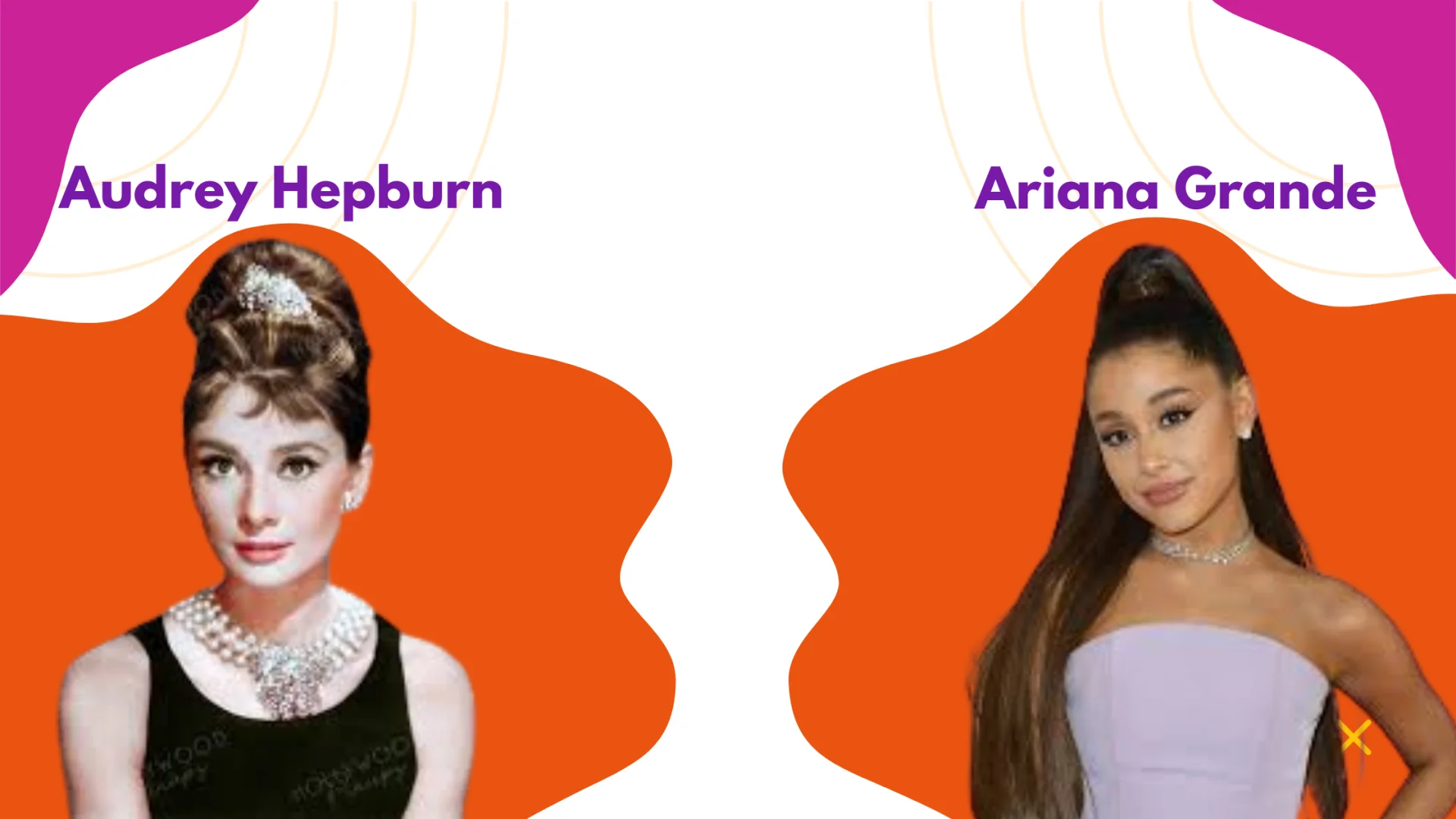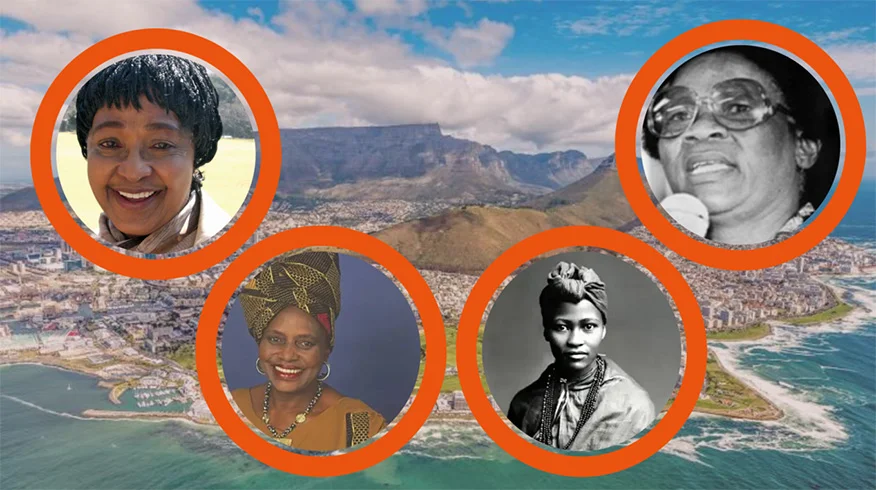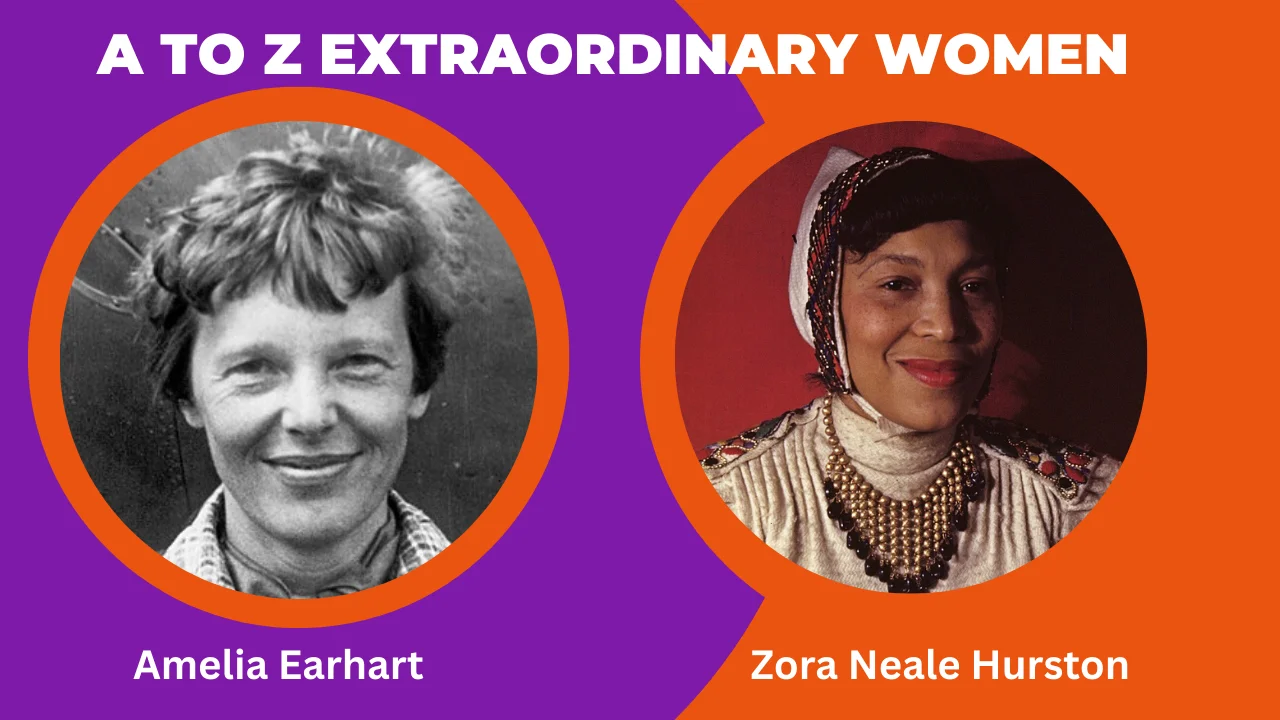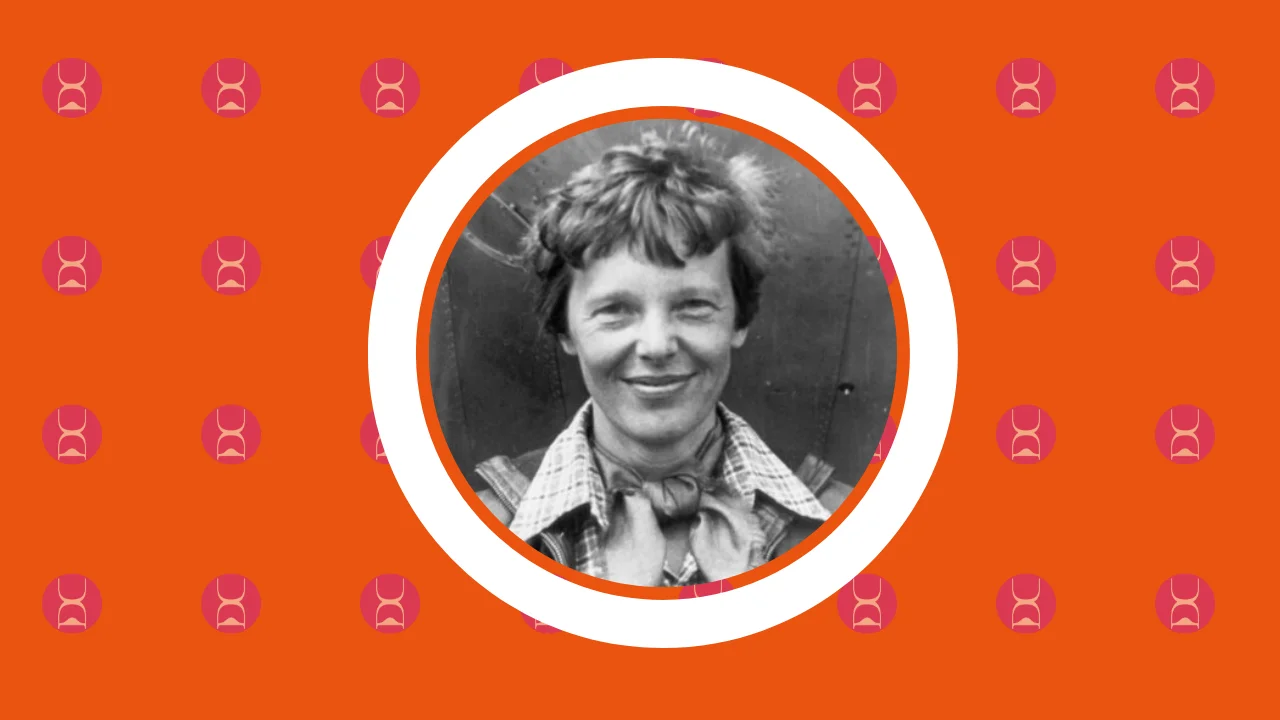Katherine Johnson: The Hidden Figure Who Shaped Space History
19 Mar 2025
women
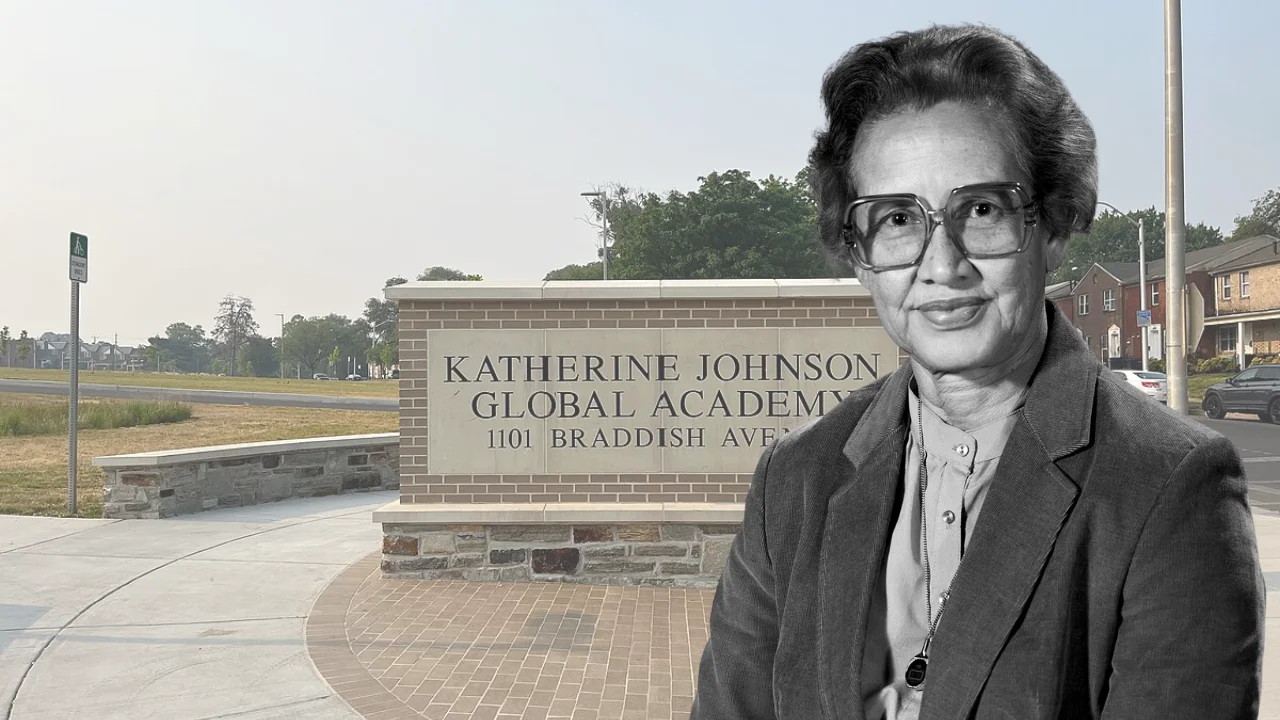
Katherine Johnson was a great American mathematician popularly known for her excellent skills with numbers. She immensely contributed to the field of spacecraft by helping NASA send astronauts to the moon.
"I always loved math, and I always loved to do things with numbers.” -Katherine Johnson.
Katherine Johnson was born on August 26, 1918 in White Sulphur Springs, West Virginia, to Joylette Roberta (née Lowe) and Joshua McKinley Coleman. She was the youngest of four children. Johnson had expertise in calculating and analyzing the flight path of many spacecraft during the more than three decades she spent as a NASA employee in the USA.
[embed]https://youtu.be/27BduY4-S_8[/embed]
Mathematics has always been a field many folks experience difficulties with, but this was never the case with Katherine Johnson. From a very young age, she exhibited excellent mathematical abilities, which gave rise to her career pursuit in mathematics.
“If I’ve done anything in my life to deserve any of this, it is because I had great parents who taught me simple but powerful lessons that sustained me in the most challenging times.” - Katherine Johnson.
Johnson was so passionate about mathematics that she can count everything that comes her way.
According to the book “Reaching for the moon”, she counted the steps to the road, the steps up to the church, the number of dishes and silverware she washed .. anything that could be counted, she did.
As a child, she was talented with mathematical skills and abilities. Calculations were no big deal to her as she enjoyed doing it.
Johnson’s parents had to arrange for her and her siblings to attend a high school in Institute, West Virginia because the high schools around Greenbrier County did not offer public schooling for African-American students past the eighth grade.
Johnson was 10 when she enrolled in the school. By age 14, she graduated from high school. While in high school, Johnson took mathematics courses. After this, she went straight to college, where she obtained a degree in Mathematics and French at 18.
Lesson 1- Intellectual Prowess with Perseverance: Right from childhood, Johnson’s parents observed her brilliant talent with figures and helped her foster her intellectual abilities. Even though African-American kids were not allowed to attend high school in her hometown, her parents had to relocate them to an institute in West Virginia, where she attended West Virginia State College High School.
After, she took up a teaching job at a black public school in Marion, Virginia. She later left the teaching job to enroll for a graduate math program but briefly left the program to focus on her family life.
She was also one of the three African-American women selected to enroll for a graduate program at West Virginia University in 1939.
Johnson spent almost her career working with NASA in the USA. Before she joined, Johnson had already decided to pursue a career as a research mathematician, which was a big deal because that was a career path African Americans and women had difficulties entering.
[embed]https://www.youtube.com/watch?v=oCCZuQKIx3A[/embed]
Lesson 2 - Embrace curiosity and learning: Katherine Johnson was someone who loved learning new and exciting things that could create a positive impact on the world. She saw learning as both science and art. On learning, she once advised young people to - Do the research. Ask questions. Find someone doing what you are interested in! Be curious!
In 1953, she started working with the National Advisory Committee for Aeronautics(NACA). In this organization, she was working under the West Area Computing unit. This unit consisted of a group of African Americans who worked as human computers performing complex calculations by hand.
At the early stage of her career in NACA, there was segregation in the NACA workplace, and this caused her to face some level of discrimination, e.g. She and her team were using separate bathrooms and dining facilities different from their white peers. Regardless, she continued to impress her colleagues with her skills and accuracy.

Former NASA mathematician Katherine Johnson is seen after President Barack Obama presented her with the Presidential Medal of Freedom, Tuesday, Nov. 24, 2015, during a ceremony in the East Room of the White House in Washington. Photo Credit: (NASA/Bill Ingalls)[/caption]
The segregation at NACA was banned in 1958, as the organization was incorporated into the newly formed National Aeronautics and Space Administration.
"The end of segregation is coming, but it won't come overnight “ - Katherine Johnson via her book “reaching for the moon.”
I didn't feel the segregation at NASA, because everybody there was doing research. You had a mission, and you worked on it, and it was important to you to do your job and play bridge at lunch. She added: I didn't feel any segregation. I knew it was there, but I didn't feel it. - Katherine Johnson.
Johnson used the quote above to talk about the struggle of African-Americans during the civil rights movement. It also highlights the resilience and determination they had in the face of discrimination and segregation.
During her time at NASA, she got involved in numerous activities like playing a vital role in NASA’s Mercury program of crewed space flights (61- 63) and calculating the path for Freedom 7, the spacecraft that put the first U.S astronaut in space, Alan B. Shepard, Jr in 1961.
In 1962, at the request of John Glenn, she verified the electronic computers used to plan his flight correctly. This immensely contributed to Glenn making history aboard Friendship 7, becoming the first U.S. astronaut to orbit Earth.

NASA Administrator Charles Bolden presents an award to Katherine Johnson, the African American mathematician, physicist, and space scientist, who calculated flight trajectories for John Glenn's first orbital flight in 1962, at a reception to honor members of the segregated West Area Computers division of Langley Research Center on Thursday, Dec. 1, 2016, at the Virginia Air and Space Center in Hampton, VA. Photo Credit: (NASA/Aubrey Gemignani)[/caption]
She was also part of the team that calculated where and when to launch the rocket for the Apollo 11 mission in 1969, which sent the first three men to the Moon. Before her retirement in 1986, she worked on the space shuttle program.
Lesson 3 - Grit and determination: Katherine Johnson had great determination in life and overlooked the obstacles and challenges she faced to pursue a career in mathematics and succeed. This determination and passion fueled her desire to thrive and become a mathematics icon. She also once said - I don’t have a feeling of inferiority. Never had. I’m as good as anybody but no better.
In 1939, Katherine Coleman got married to James Goble and had three daughters with him before he died of an inoperable brain tumor in 1956. Three years later, she remarried James A. Johnson, a United States Army officer and veteran of the Korean War.
She remained married to James Johnson for 60 years before he died in March 2019 at 93. She had six grandchildren and 11 great-grandchildren. She lived in Hampton, Virginia.
She was a member of Carver Memorial Presbyterian Church for 50 years, where she sang as part of the choir and was a member of the Alpha Kappa Alpha Sorority.
Katherine Johnson spent her later life encouraging her grandchildren and students to pursue careers in science and technology. Johnson died at a retirement home in Newport News on February 24, 2020, at age 101.
To crown it all, Katherine Johnson was a perfect role model for young people (especially girls and minorities) who were interested in pursuing careers in STEM fields.
"We will always have STEM with us. Some things will drop out of the public eye and find their places in the laboratory and in our lives. But science, mathematics, and engineering will never be far from sight.” - Katherine Johnson.
The above quote came from a speech Katherine Johnson gave at the White House in 2015.
Katherine Johnson received and earned numerous awards and honors for her works and contributions. During her lifetime, she co-authored and authored 26 research papers.
She received the following award - the Presidential Medal of Freedom (2015) from President Barrack Obama. NASA named one of their facilities in honor of her name ( Katherine G. Johnson Computational Research Facility) in 2016. She was on the BBC 100 Women of Influence Worldwide list in 2016.
In 2016, Margot Lee Shetterly published Hidden Figures: The American Dream and the Untold Story of the Black Women Mathematicians Who Helped Win the Space Race about the West Computers, including Johnson, Dorothy Vaughan, and Mary Jackson.
A film based on the book was released in her honor in 2016.
References
Tags
Women
Mathematician
Latest Posts
Tags
- Women27
- Scientist9
- Author6
- Inventor3
- Nobel3
- Singer3
- Actor2
- Activist2
- Physicist2
